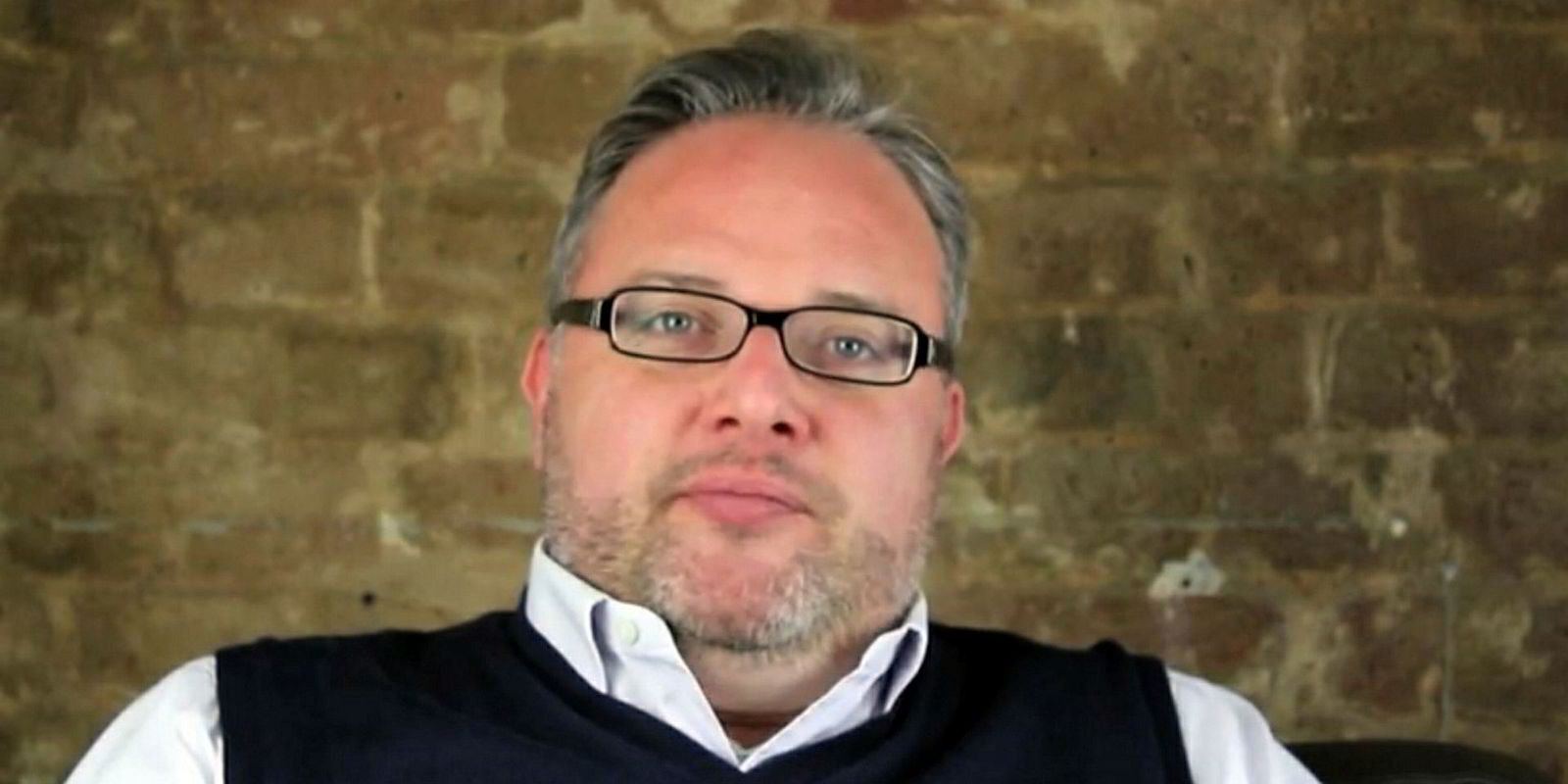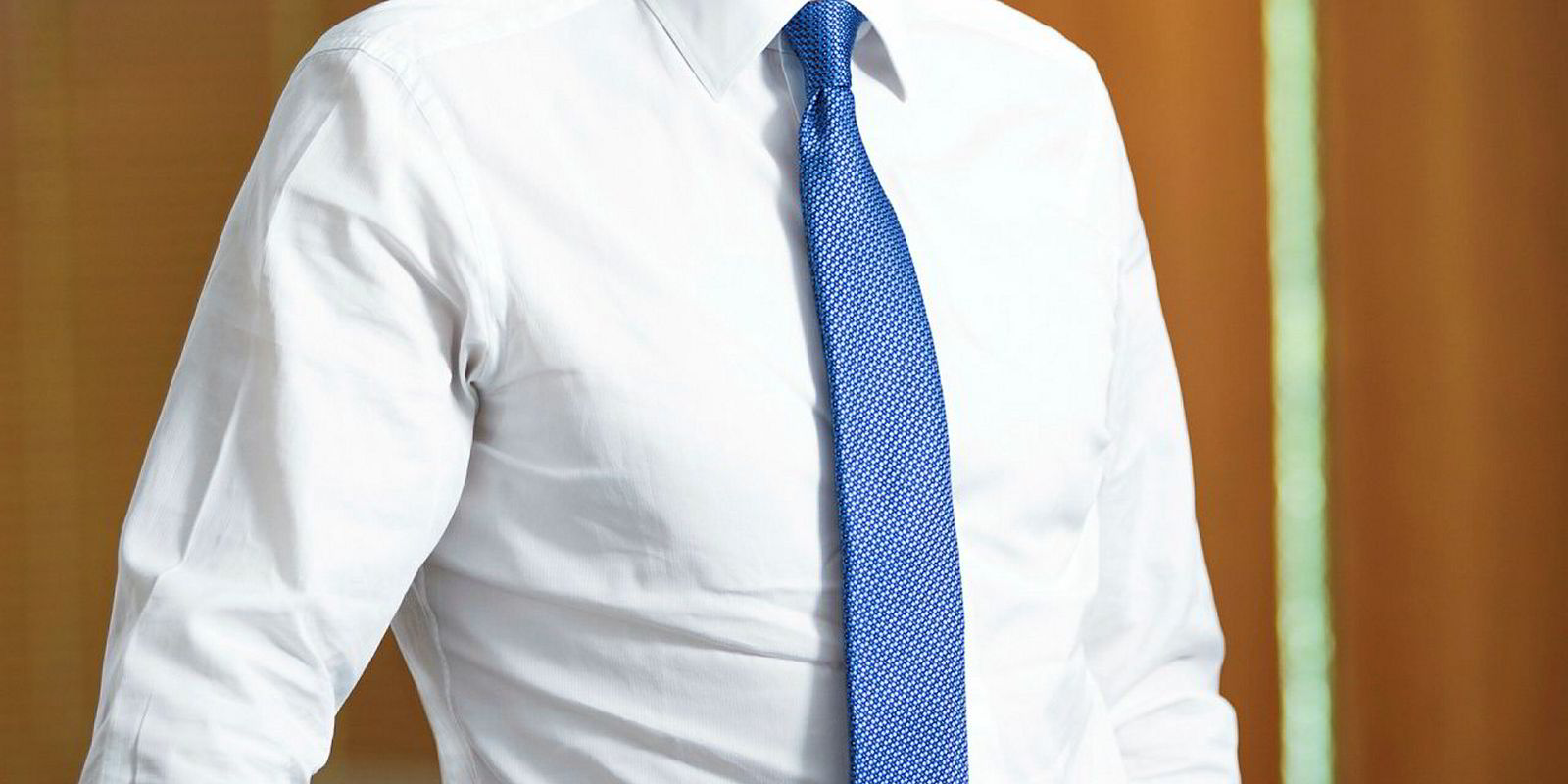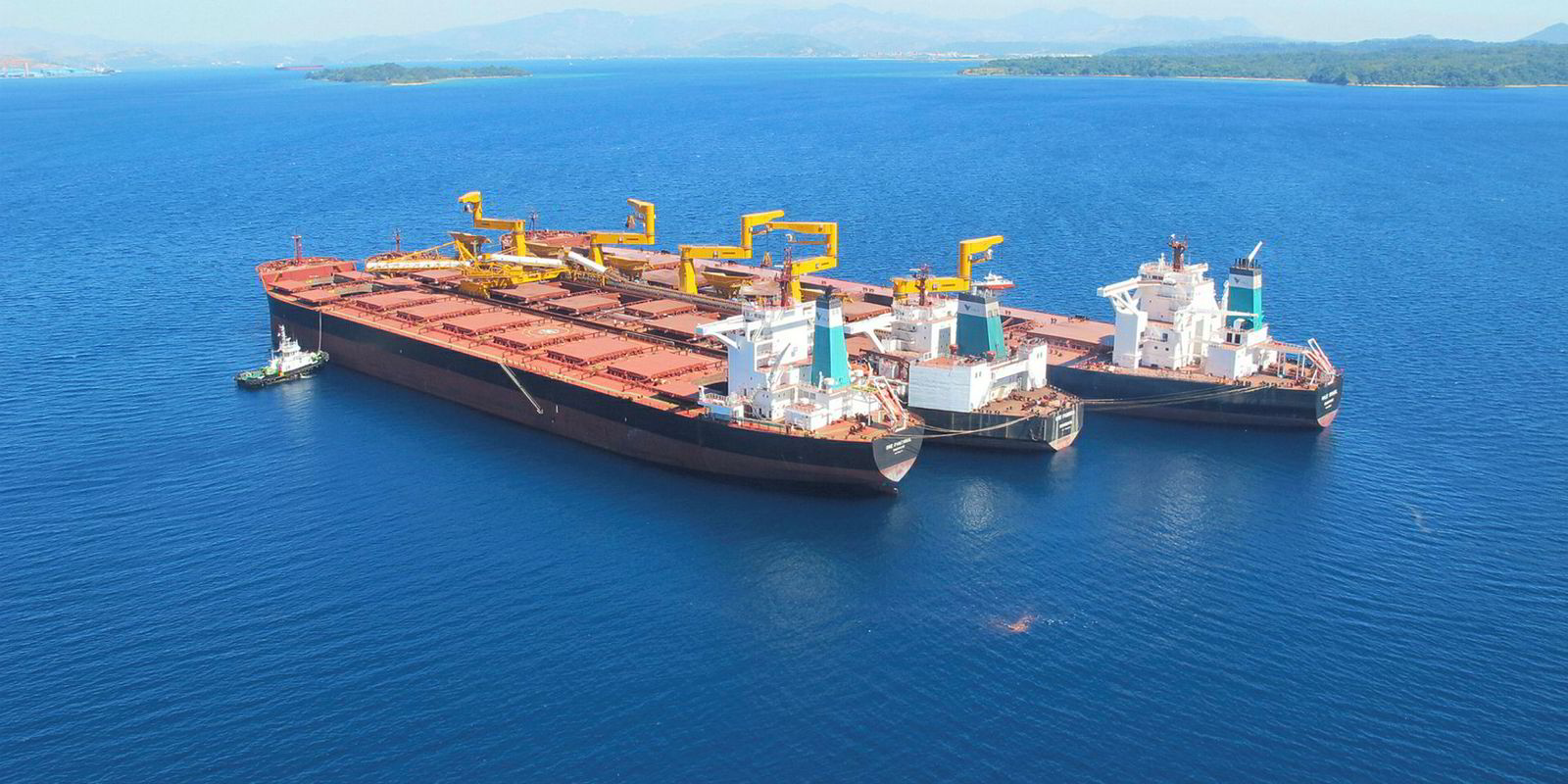Major shipping markets look set to improve during the next two years with the industry tipped to become less volatile in the longer-term due to improved technology, according to researcher Mark Williams.
While President Trump’s tweets have dented business confidence this summer and consumer confidence has experienced a bit of a wobble, overall demand growth is likely to exceed increases in supply across dry cargo, tanker and containers, he says.
Speaking at the International Shipowning and Shipmanagement Summit in London this morning, Williams said major broking shops agree supply is set to climb by around 3.5% on average across the next three years.
With demand set to rise at between 3% and 4% per year, this should create a “pretty stable market” he believes.
“So, actually, things look like they could improve over the next couple of years across the different markets,” said Williams, the former Braemar and Affinity researcher who now fronts his own shipping research training scheme.
“This would be a great relief to the tanker industry, which has had a terrible couple of years, and to the container industry, which has been massively overbuilt,” he explained.
Capes stimulated by China
Williams says the question in dry cargo, which has been rising steadily since 2016, is how long the party will last?
While the Baltic Dry Index has had a bit of a wobble of late, Williams says fleet growth of 3.5% in the next couple of years means “things could go quite well”.
“Dry cargo owners are fitting scrubbers to their newbuildings, their capesizes and Newcastlemaxes, so it looks like the coal and iron ore trades into China will be scrub trade using fuel oil,” he said.
“It’s very interesting to note the Chinese independent refiners are buying up huge quantities of high sulphur crude at the moment, which they will probably keep to turn into fuel oil to sell when the fuel oil is unavailable elsewhere.
“That C5 capesize market looks like it should do quite well over the next couple of years with Chinese stimulus and scrubber technology on the vessels.”
For tankers, Williams says rates are not experiencing much of a party right now, given the past two years have seen one VLCC delivered every week with an extra one for your birthday and a further vessel for Christmas.
“The good news post 2020 is the supply of the correct compliant fuels and the blending components for those fuels are all going to be in the wrong places,” he explained.
“You are going to see more demand for light sweet crude, which includes US exports, potentially going all the way to the Far East – which will increase ton mile demand.
“You will see more demand for inter-regional and intra-regional clean petroleum products, so that is going to be good for the MRs and potentially for the LR2s.”
Williams says there is no party in the container market where there are “clear and present dangers” in the shape of trade wars and tariffs.
“We still are overbuilt. The containership fleet is hollowing out and we either have very large or small ships. There is nothing being built between 4,000 and 8,500 teu,” he said.
“Probably the investment story for containerships over the next few years is to rebuild the feeder fleet.”
Thinking through gut feelings
Williams says forecasting beyond two years is difficult given the difficulty of predicting demand.
However, he expects operation of the global fleet will become more efficient as technology develops.
"With better machine learning controlling the freight markets and the information in the freight markets as we move forward over the next five or ten years we will reduce the volatility of the freight markets,” he said.
“The shipowner is going to end up being a price taker at all points in a diminished market cycle.”
However, a greater dependency on data and information to augment gut feelings can help bring more consistent profit in the future, he suggests
“There is nothing wrong with gut feelings. In fact, your gut has as many nerve endings in it as your brain. It's just not connected to your mouth, it’s connected to another orifice,” he quipped.







